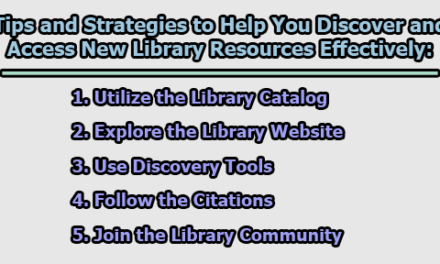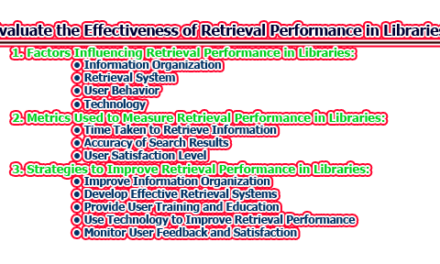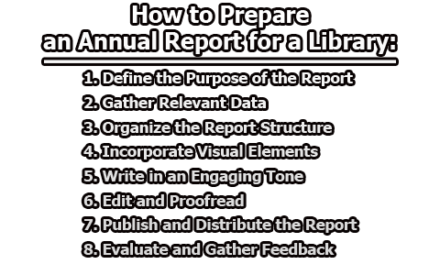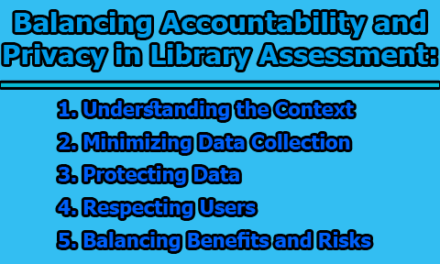Optimizing Libraries with the Blend of Technology and Tradition:
Libraries have long been regarded as sanctuaries of knowledge and culture, serving as repositories of books, magazines, and DVDs. However, in the digital age, libraries have transformed into dynamic hubs of information, learning, and innovation. They have seamlessly integrated technology with traditional resources to meet the diverse needs of their patrons. In this article, we will explore optimizing libraries with the blend of technology and tradition to enrich your learning, research, and entertainment experiences.
1. Finding What You Need: Libraries have made searching for resources more accessible and efficient with online catalogs. These catalogs allow you to search for items by title, author, subject, format, and more. Furthermore, you can employ filters, keywords, and advanced search options to narrow down your results. Many libraries also grant access to databases, e-books, e-audiobooks, e-magazines, and various other digital resources, which you can download or stream to your devices. Embracing these online tools simplifies the process of finding the materials you require. It’s a quick and efficient way to reserve or renew items. However, it’s essential not to forget the physical shelves in the library, where you may stumble upon something intriguing, unexpected, or previously unknown.
2. Seeking Expert Assistance: Librarians are invaluable resources in any library. They are experts in finding, evaluating, and utilizing information. If you have queries, need resource recommendations, or seek guidance on using library technology, librarians are always available to help. You can reach out to them in person, by phone, email, or chat. Many libraries also offer online tutorials, workshops, and webinars on various subjects, providing opportunities for you to learn new skills, enhance your knowledge, and receive support from knowledgeable librarians.
3. Utilizing Library Facilities: Libraries offer more than just books and computers. They often provide additional facilities, such as printers, scanners, copiers, fax machines, laminators, and other equipment that you can use for a small fee or for free. Some libraries even feature specialized spaces like makerspaces, studios, labs, and classrooms where you can experiment, design, collaborate, and create using various technologies and equipment. Examples of available resources include 3D printers, laser cutters, sewing machines, audio and video equipment, robotics kits, and more. These facilities can be a creative haven, enabling you to work on projects, express your creativity, and have fun.
4. Becoming Part of the Community: Libraries are not just a collection of resources but vibrant communities of people. You can participate in events, programs, and activities that align with your interests and needs. For instance, you may join a book club, a writing group, a gaming session, a craft workshop, a language class, a lecture series, or a film screening. Libraries are conducive for meeting with friends, studying with peers, or networking with professionals. By engaging with these opportunities, you can connect with others, share your ideas, learn from your peers, and relish the vibrant atmosphere libraries offer.
5. Exploring the Possibilities: Libraries are continually evolving and adapting to the changing needs and preferences of their users. They are always expanding their offerings by incorporating new resources, technology, services, and opportunities. Staying informed about these developments is as easy as keeping up to date with library news, newsletters, social media channels, and their websites. Additionally, you can influence the library’s future direction by providing feedback, suggestions, and comments to the library staff. This interaction helps you discover new resources, technology, and opportunities while shaping the library’s offerings in the process.
In conclusion, in an age where technology and traditional resources coexist harmoniously, libraries serve as indispensable havens for knowledge and innovation. By effectively utilizing both aspects, you can find what you need, tap into expert assistance, explore library facilities, engage with the community, and contribute to shaping the library’s future. Libraries are far more than repositories of books; they are dynamic centers for learning, creativity, and community engagement. Make the most of them and embark on your journey of endless exploration and discovery.

Assistant Teacher at Zinzira Pir Mohammad Pilot School and College










